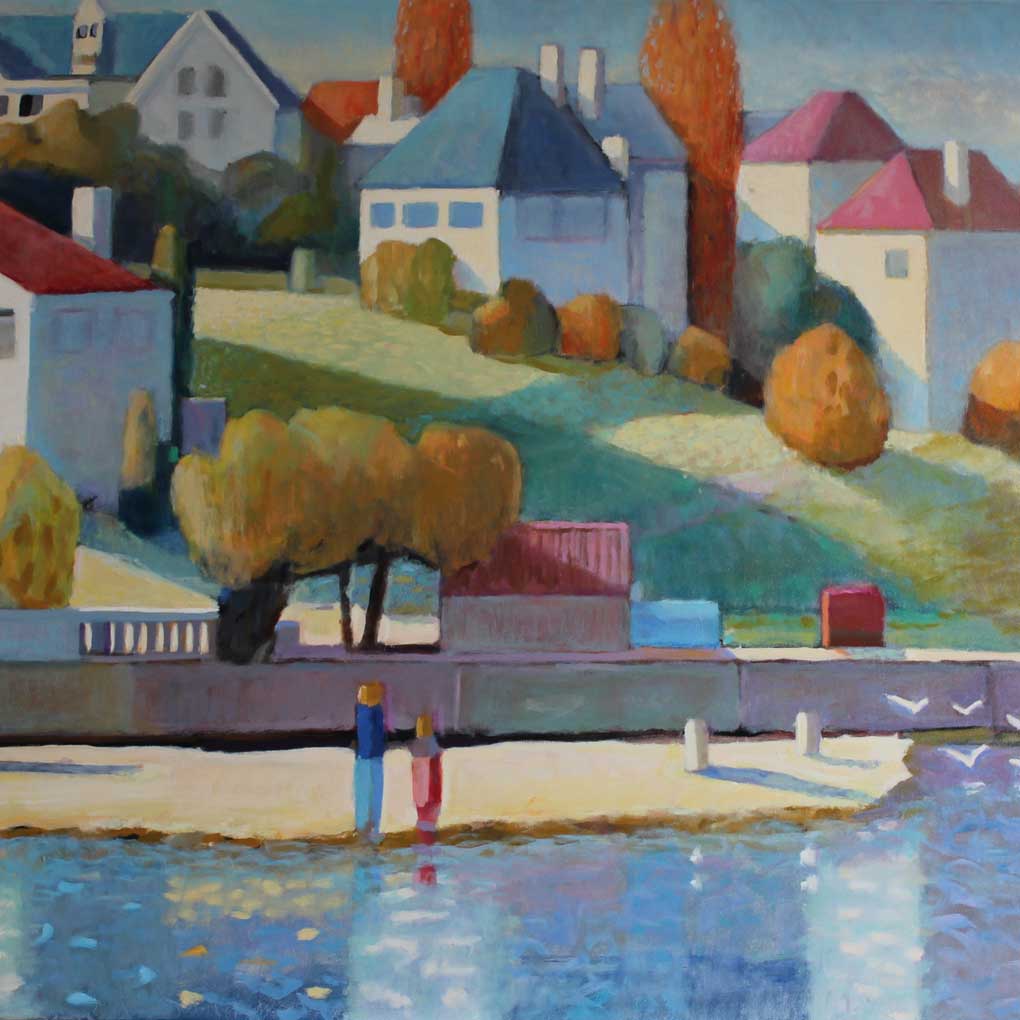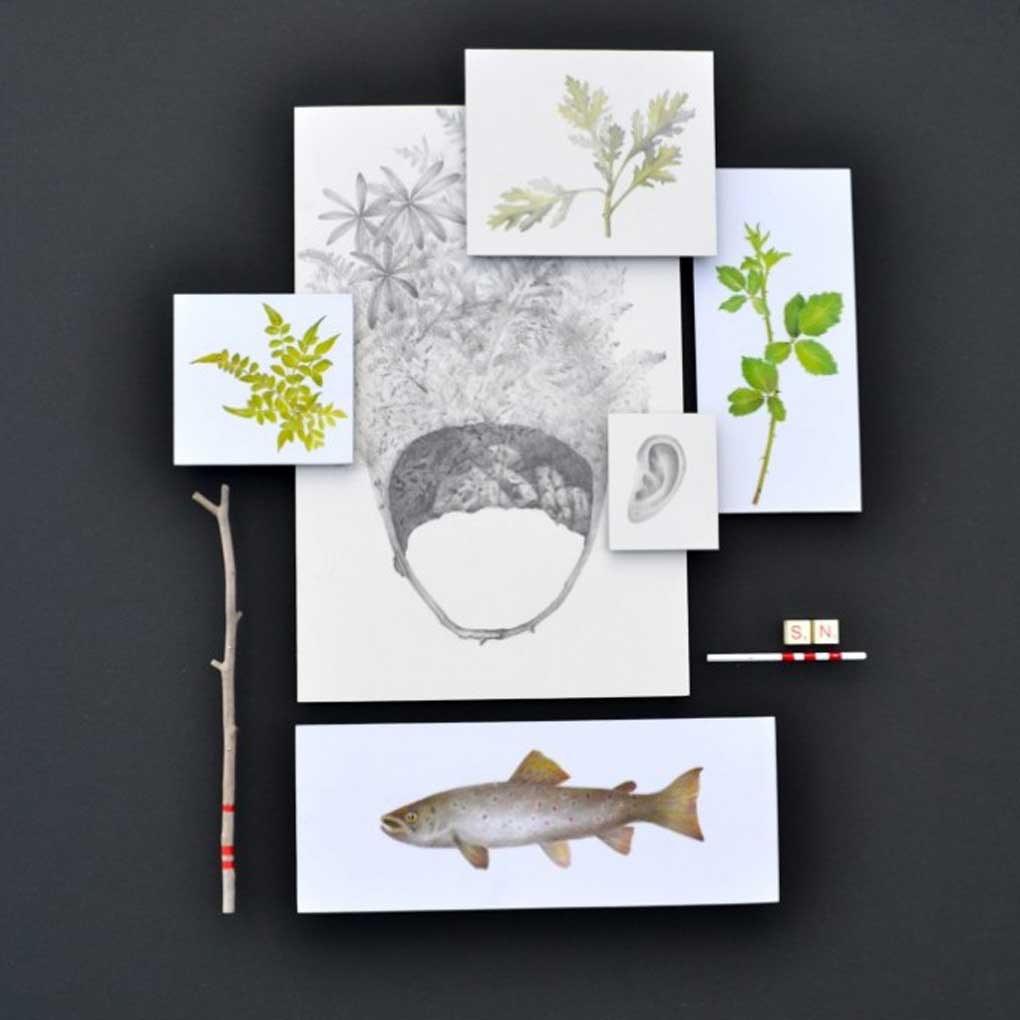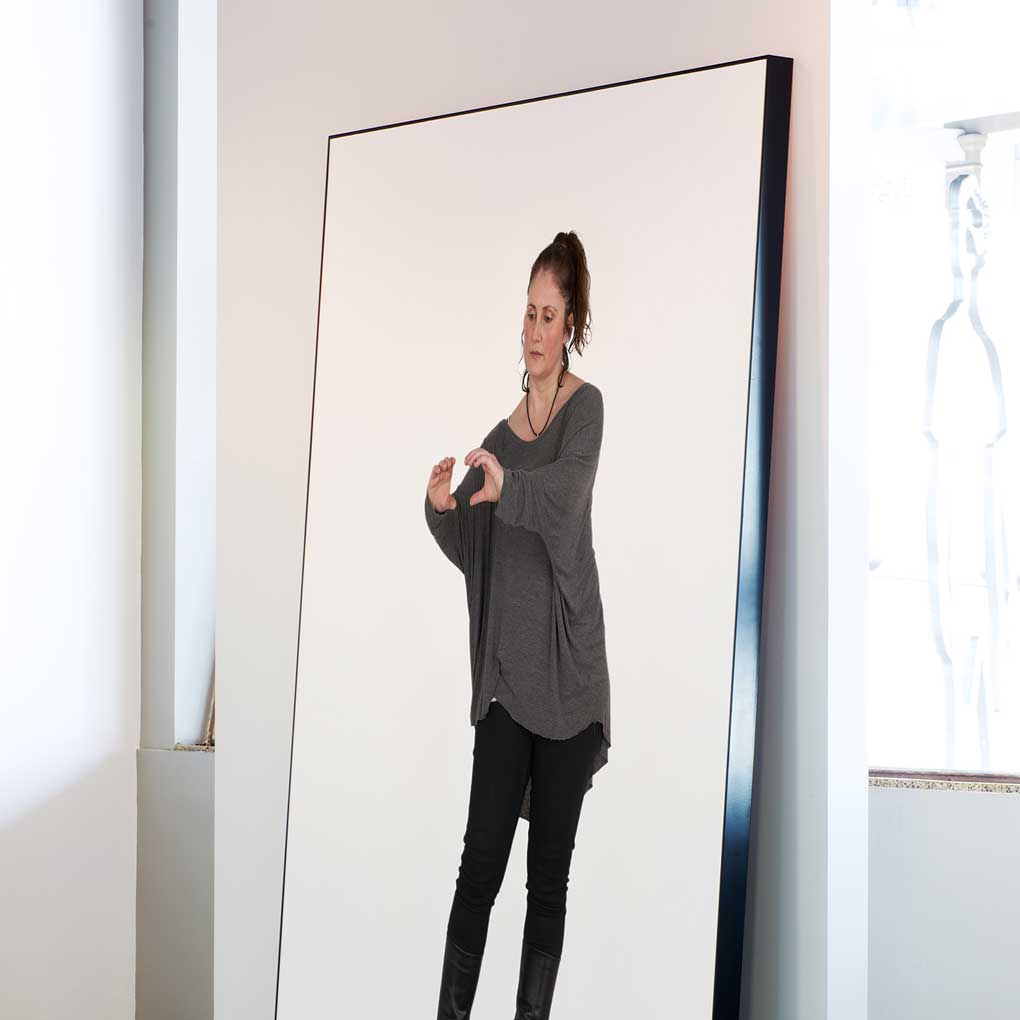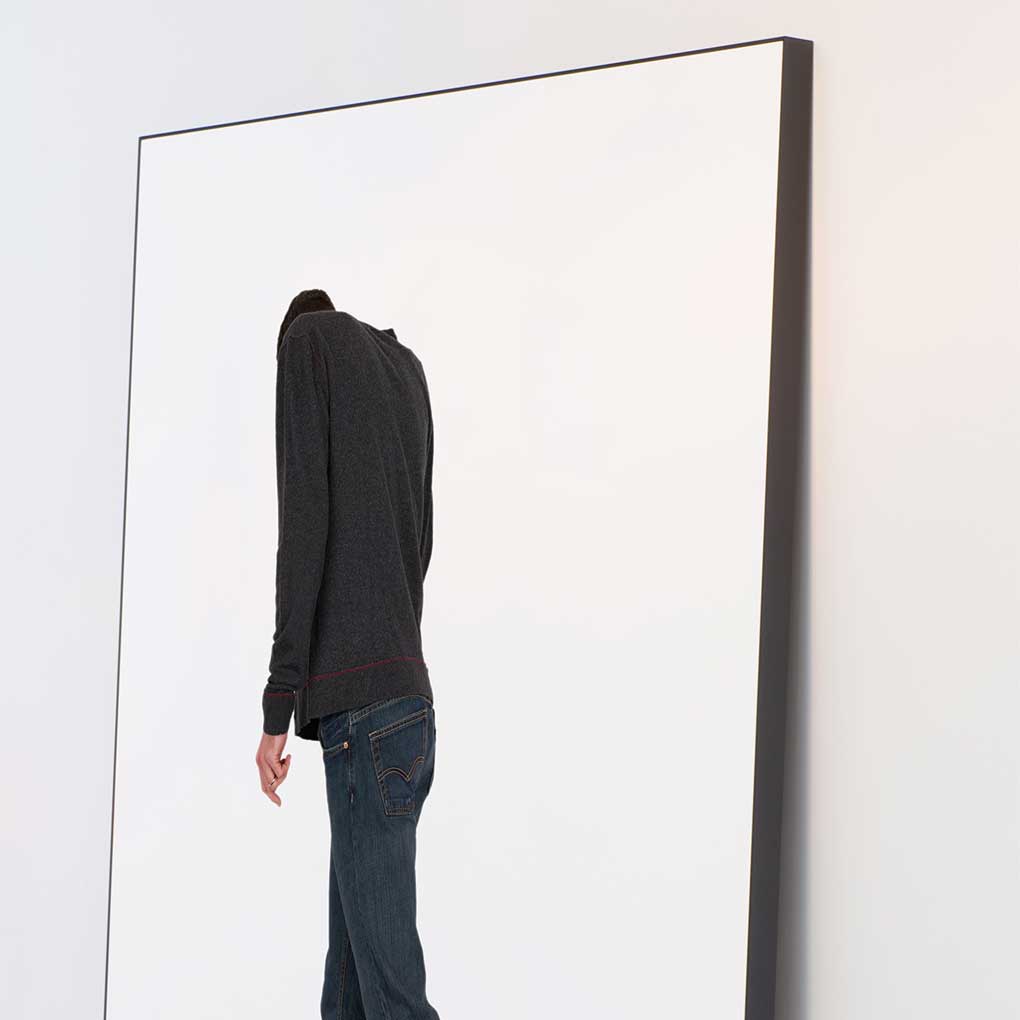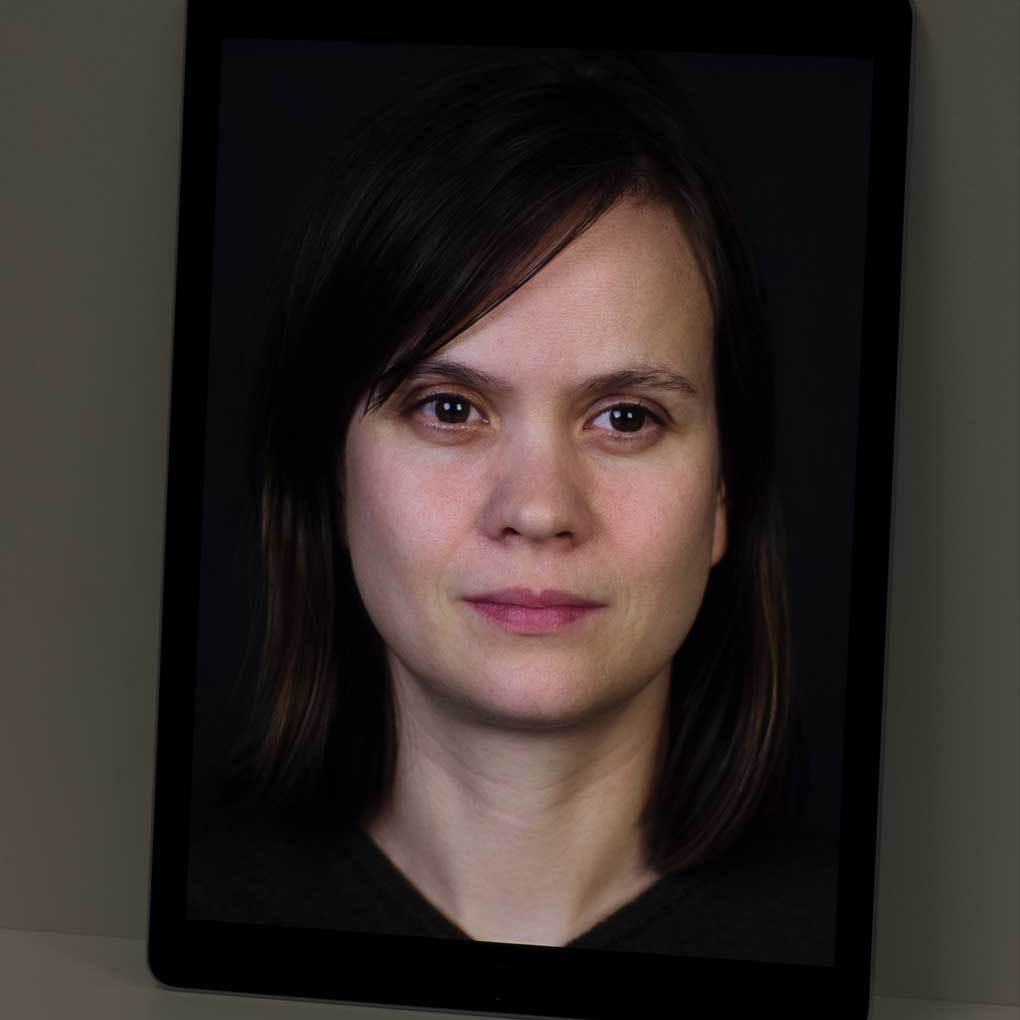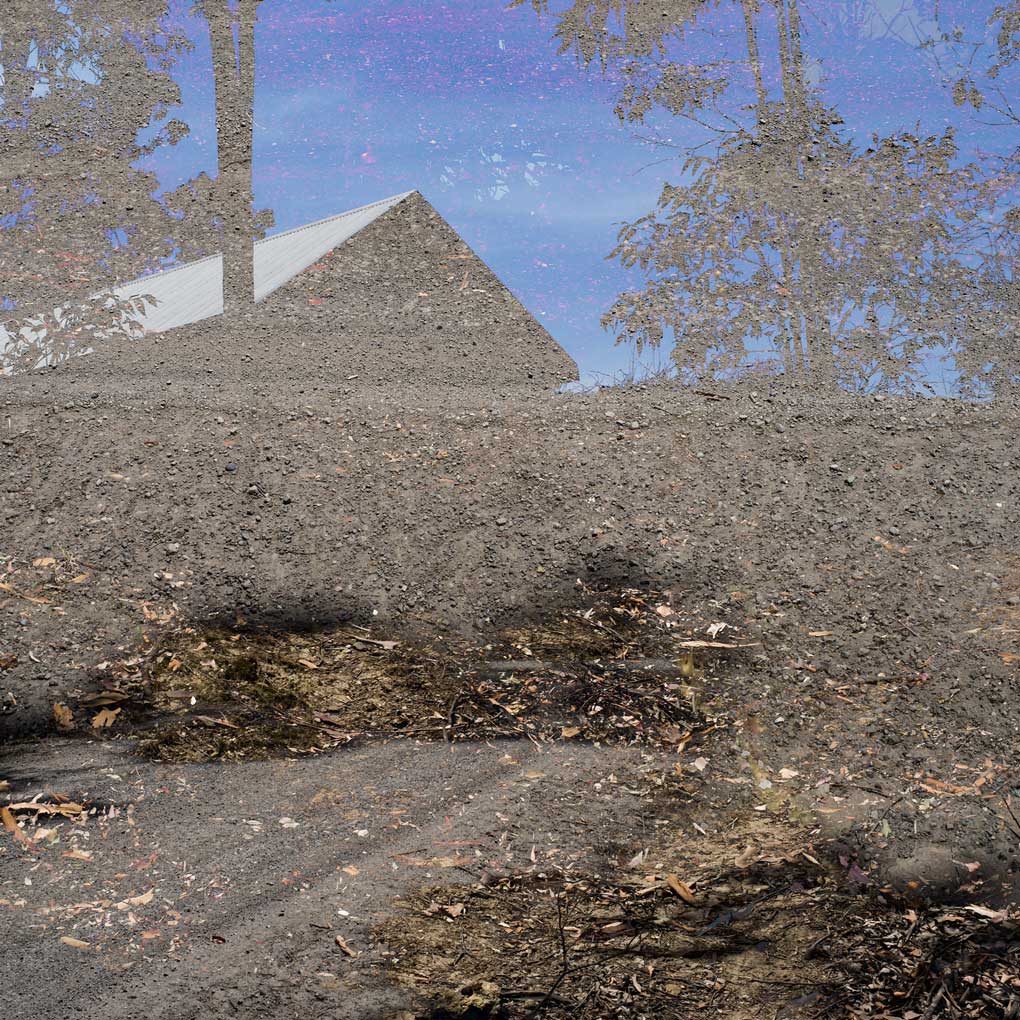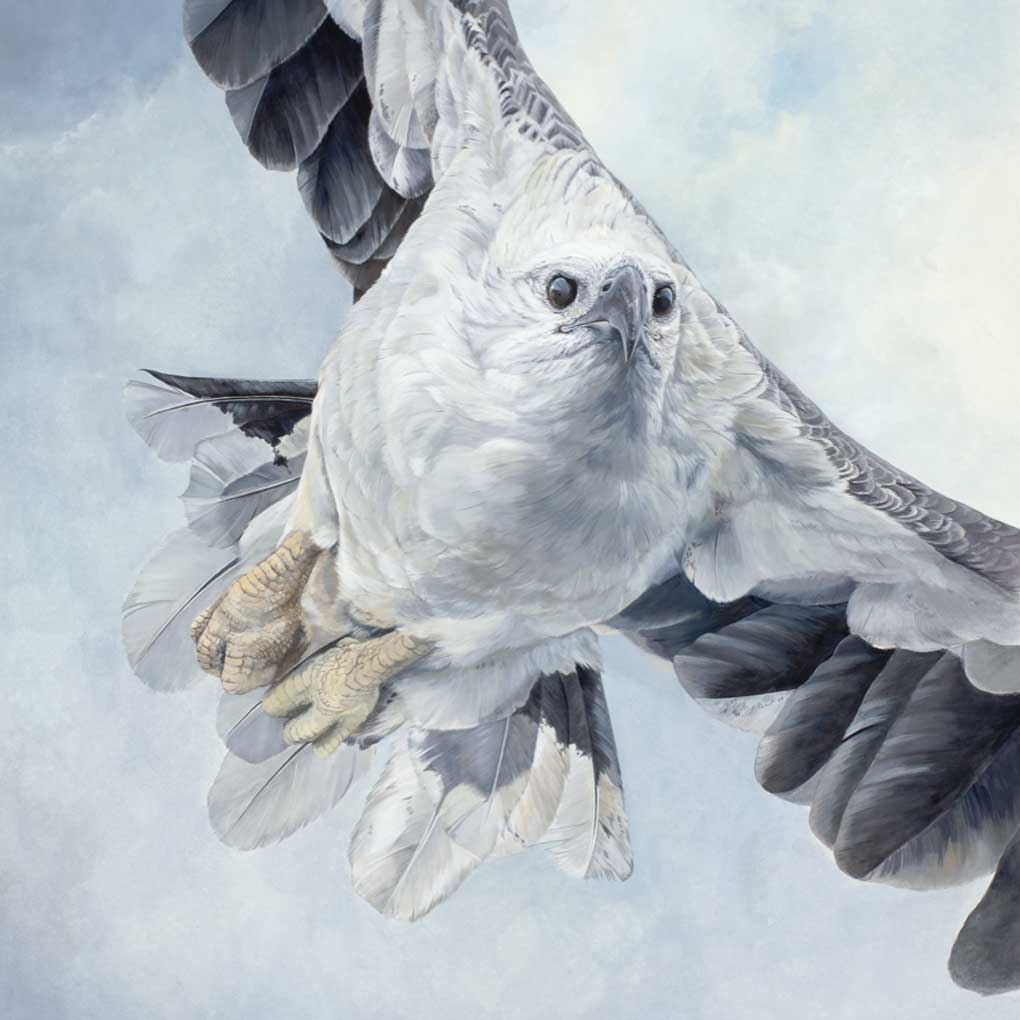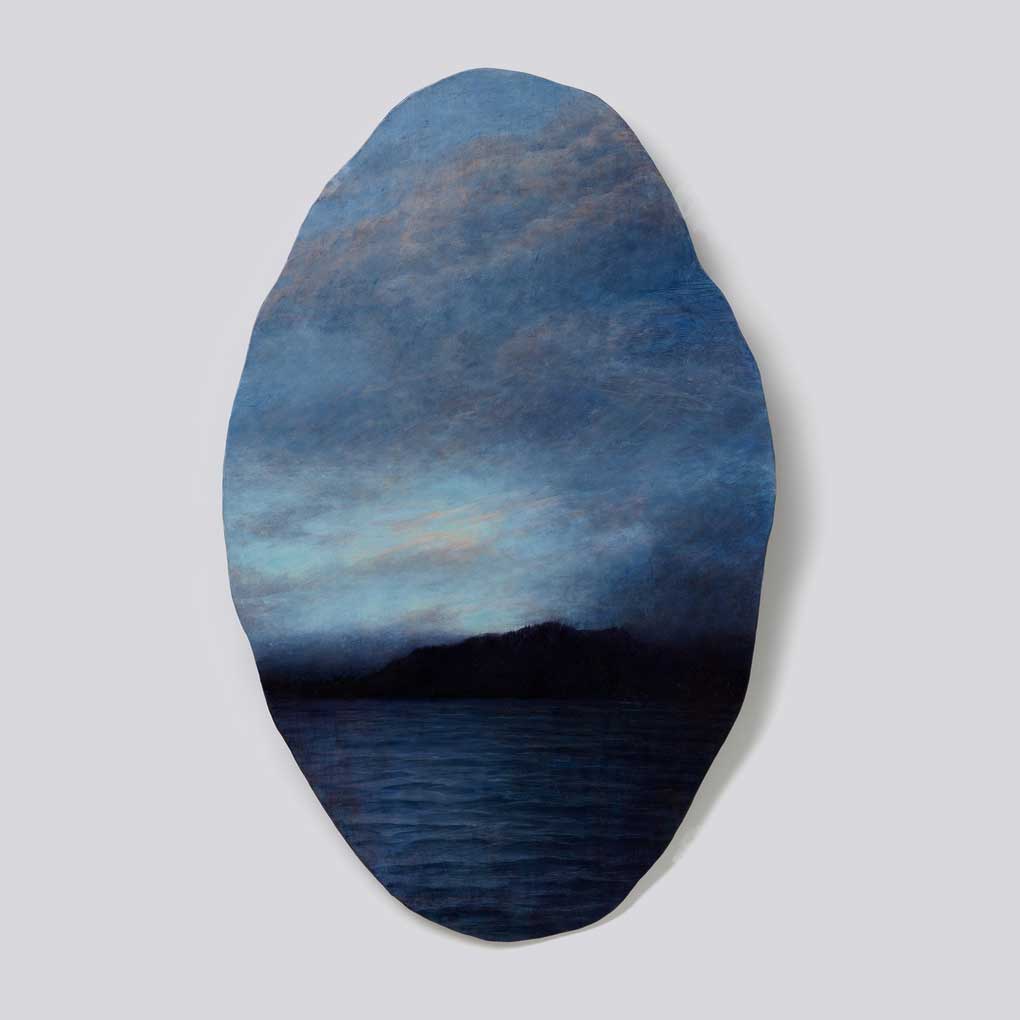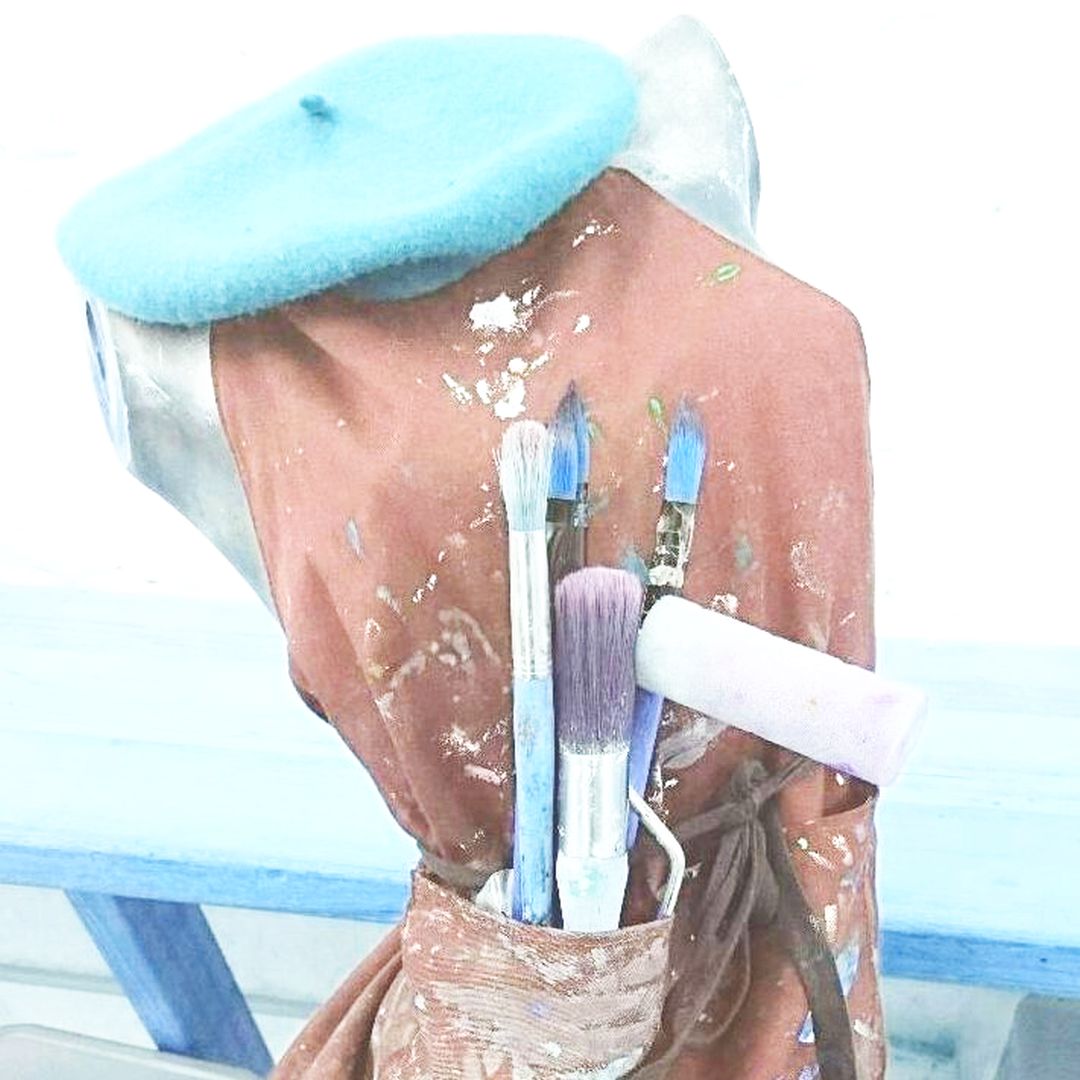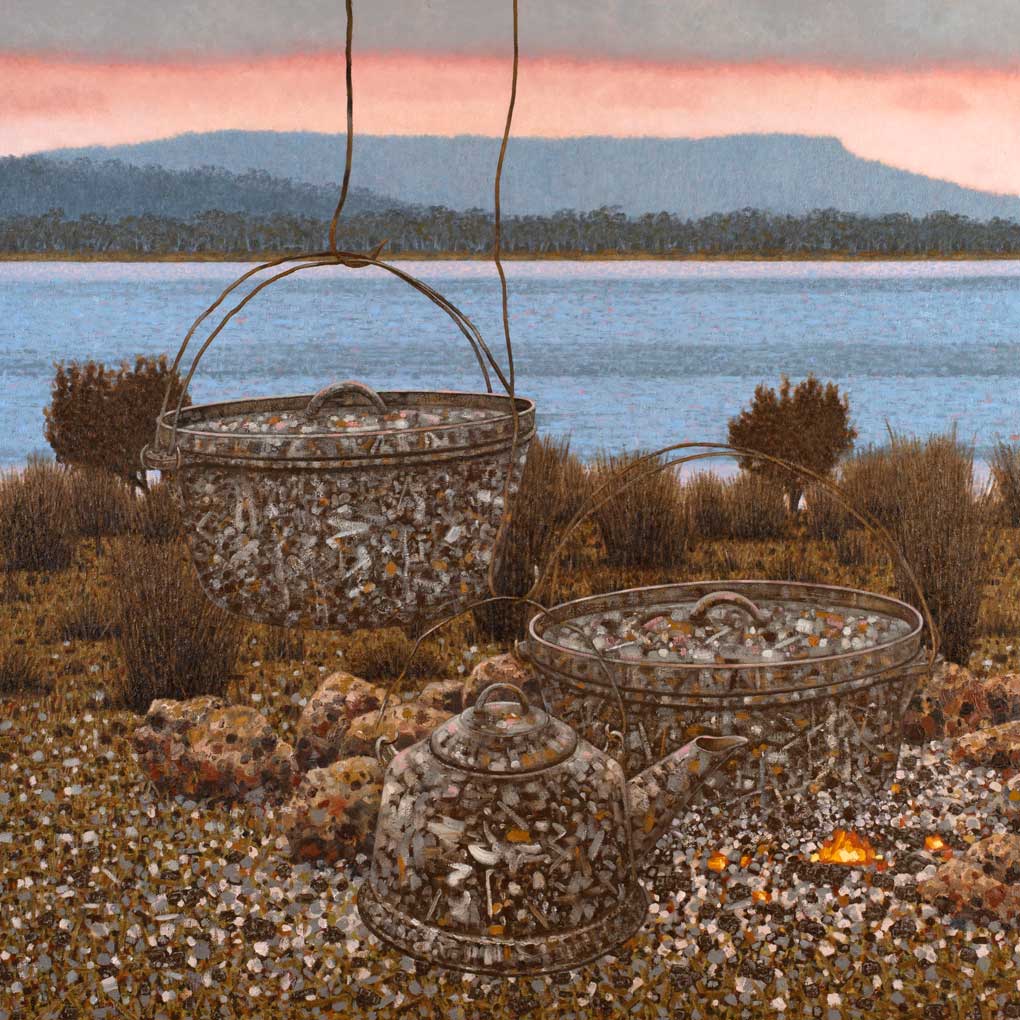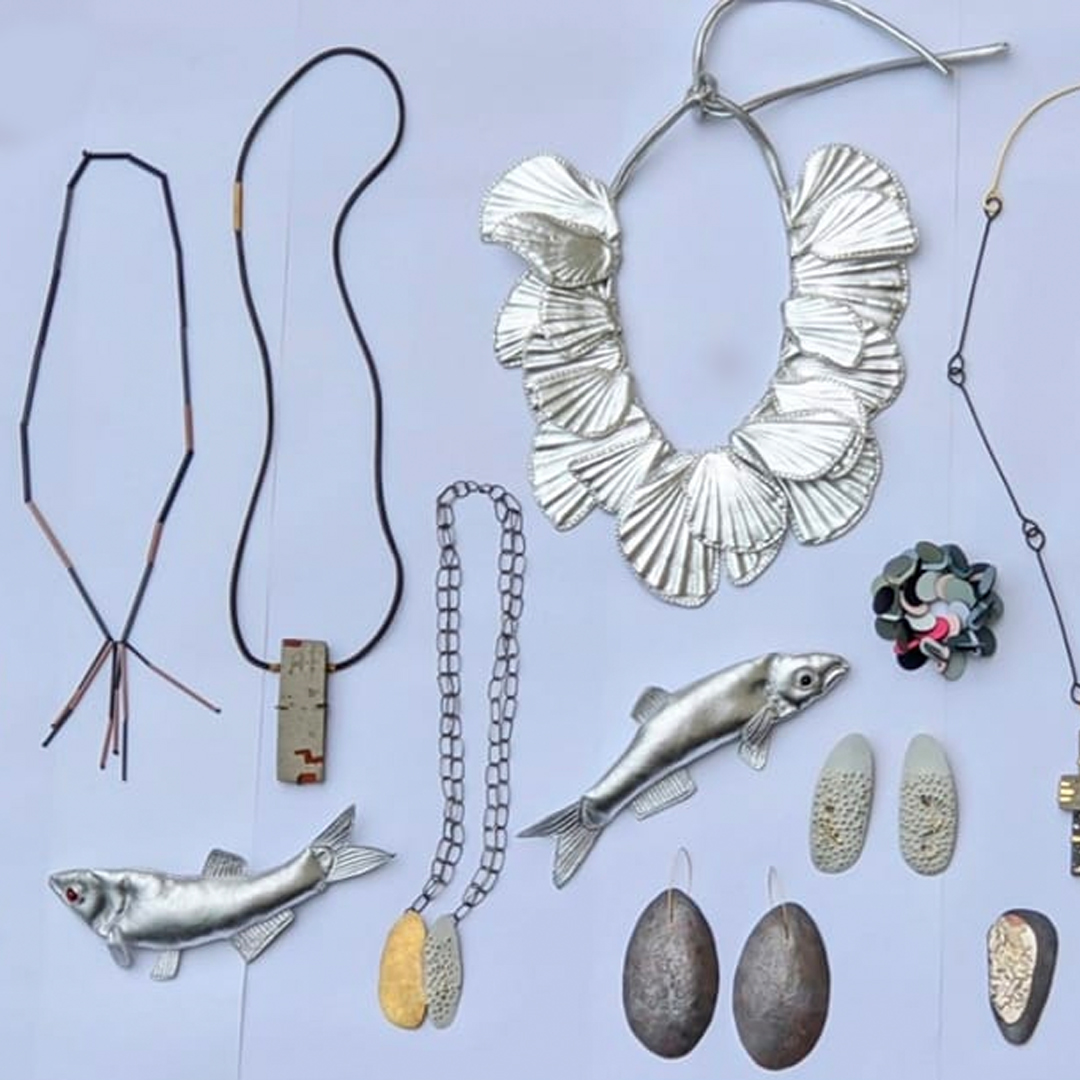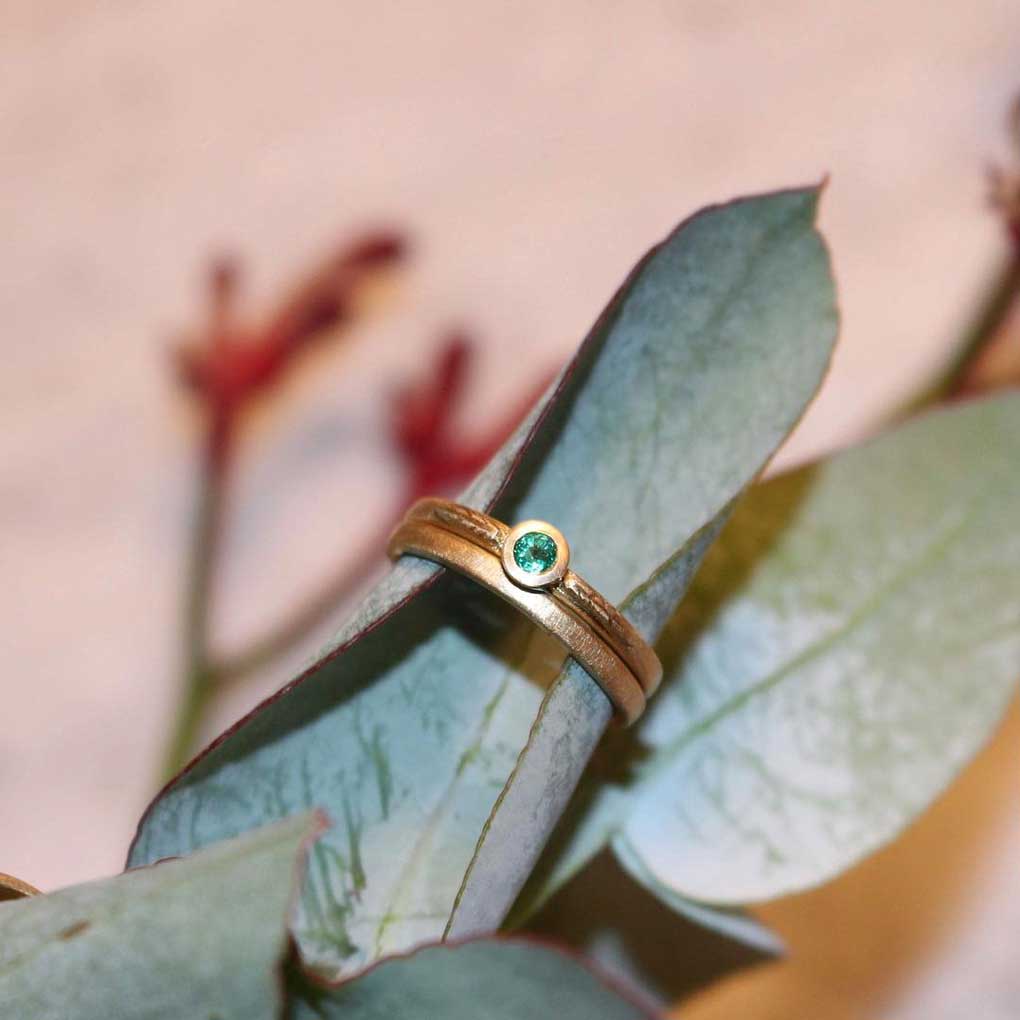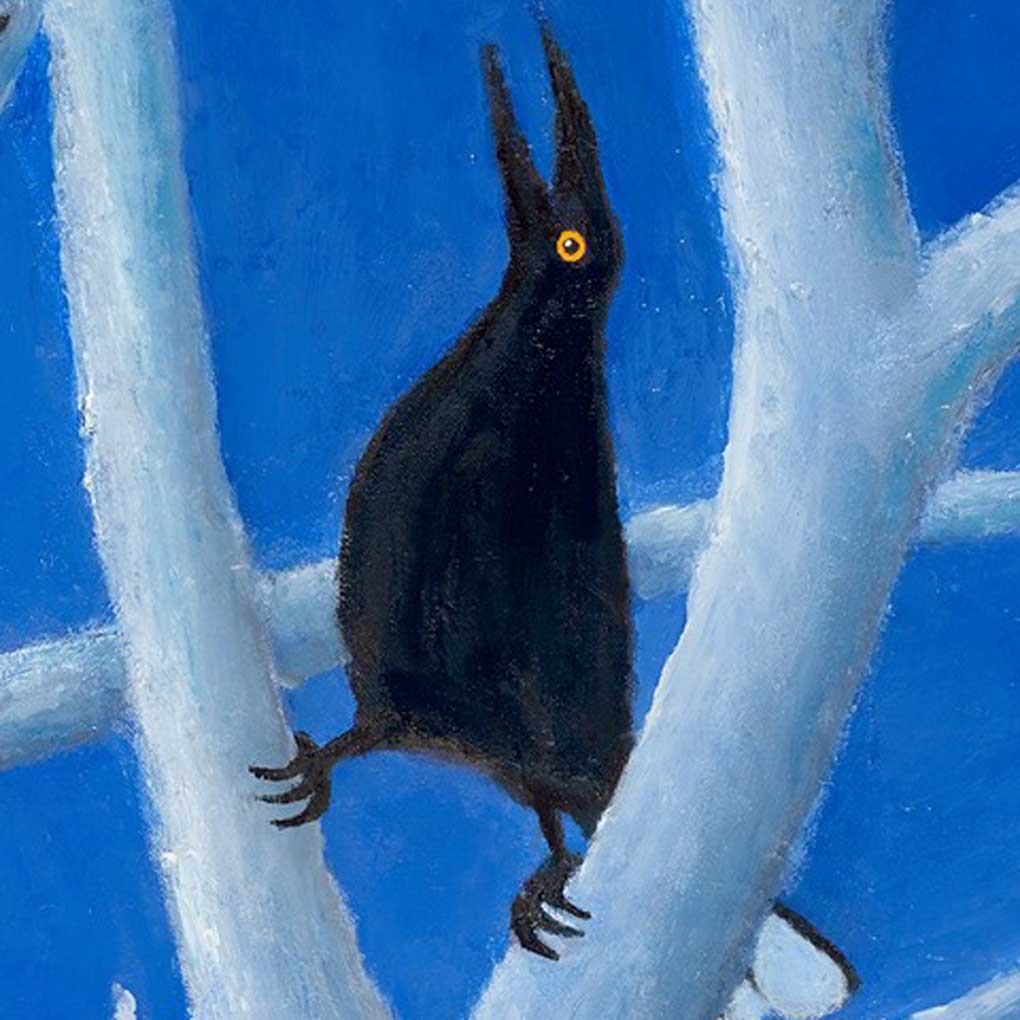Jock Young is a contemporary landscape painter whose main interest is the sea, particularly the interface between sea and land
“I am a full time artist with a career spanning 30 years. I paint in watercolour, gouache and oil paint and makes prints using linocutting. I have had over 30 solo exhibitions in Hobart, Sydney and Melbourne. I have traveled widely to make plein air paintings that I then develop in the studio. Highlights include painting trips to Europe, Asia and mainland Australia.”
– Jock Young


